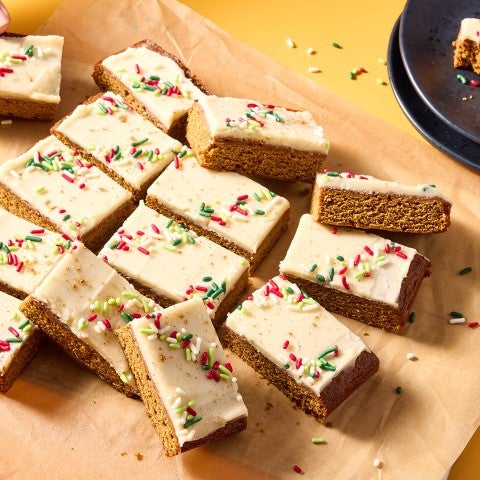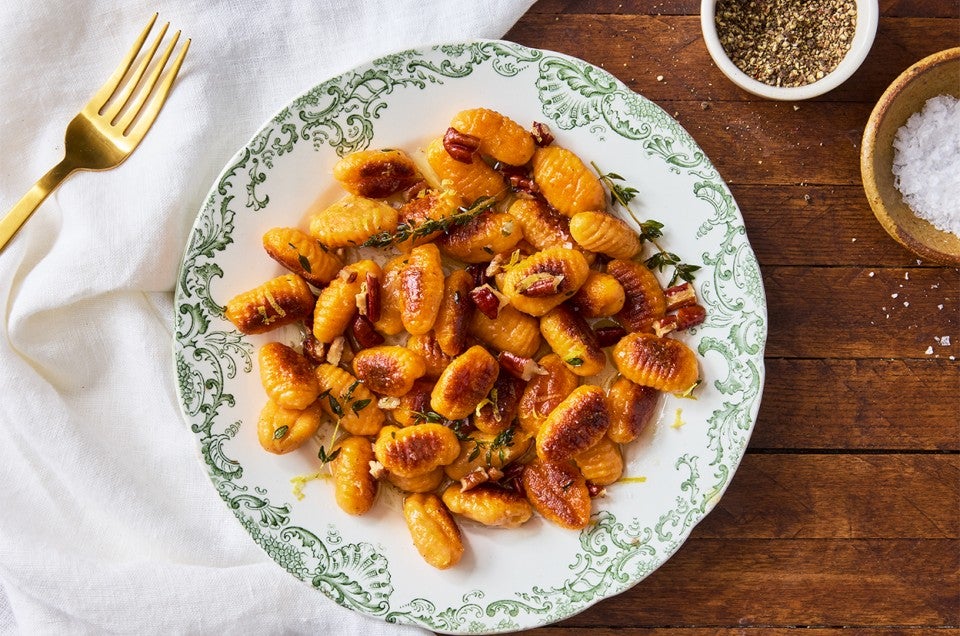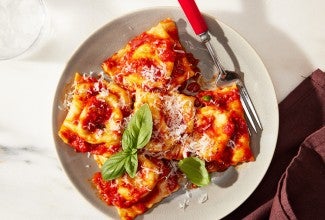Sweet Potato Gnocchi
In this sweet potato gnocchi recipe, traditional russet potatoes are swapped out for sweet potatoes. Not only do sweet potatoes offer incredible flavor, but they're also less starchy than potatoes, meaning it's easier to avoid any dreaded gumminess. Our recipe takes four pantry staples (sweet potatoes, Parmesan, flour, and eggs) and transforms them into a hearty dish that's high on our list of comfort foods.
Editor's note: As a result of feedback, we’ve retested this recipe and made some changes from the original.






















